I will just leave these two wasp pictures here, stripped of exif information.
If I tell one of them was taken with a compact camera and other with a DSLR minutes apart, would you be able to identify which is from which?
Certainly not. Still it’s very easy to see people insisting you can only take quality pictures with a DSLR. I agree they are required in some more demanding situations, dynamic range and pixel density are different, and yes it’s a fact that you can’t compare the ISO1600 of a DSLR from the ISO1600 of a common compact for example, but the the thing is that these little cameras are usually more capable than what the common user thinks, specially in stituations where you have full control of the light or if you don’t want print the photos in poster sizes.
In regard of macrophotography, compact cameras have a slight advantage over DSLRs when it comes to depth of field at high magnifications, moreover if you don’t shoot stacking at the optimal aperture I think it’s possible that in magnifications around 3:1 and beyond, the lenses lower resolving power caused by diffraction may bottleneck the big sensors capacity anyway. In short, a DSLR is good but not a strict must for macrophotography, in lack of better options (or money) you can get good results with a compact camera just as well.
To answer the question, the first picture was taken with the Canon EOS 450D, and the second with a Canon Powershot G9. Disregarding differences in magnification, both of them were shot with a flash so I was able to use a very low ISO on the G9, which makes the noise negligible, also most of the sharpness is achieved through RAW, ignoring the blotchy in-camera noise reduction (which all compacts I’ve seen had). A close-up filter was used on it too, as the native magnification is only enough for wide macro captures.
If you don’t trust close-ups or find the good ones too expensive, an old wide-angle lens will work just as good in front of the camera lens. The portrait of the wandering spider below was shot handholding a 44mm lens in front of a Canon Powershot A510 (point and shoot from 2006) zoomed almost all the way. The picture is also uncropped, this setup served me well before moving up to a better camera, it was cheap and my first contact with high magnification way before owning a SLR.

Phoneutria nigriventer (Brazilian wandering spider / Armadeira)
For Canon compact users I recommend taking a look at the CHDK kit which unlocks features such as smaller apertures and uncompressed files, without overwriting the original firmware.
Lastly, a few more example images from 10 years ago or more, taken either with the Canon A510 and S5 IS, a modern compact camera should give even better results:

Black tiger beetle (Cicindelidae)
 Orb weaver (Parawixia sp.) feeding on a click beetle
Orb weaver (Parawixia sp.) feeding on a click beetle
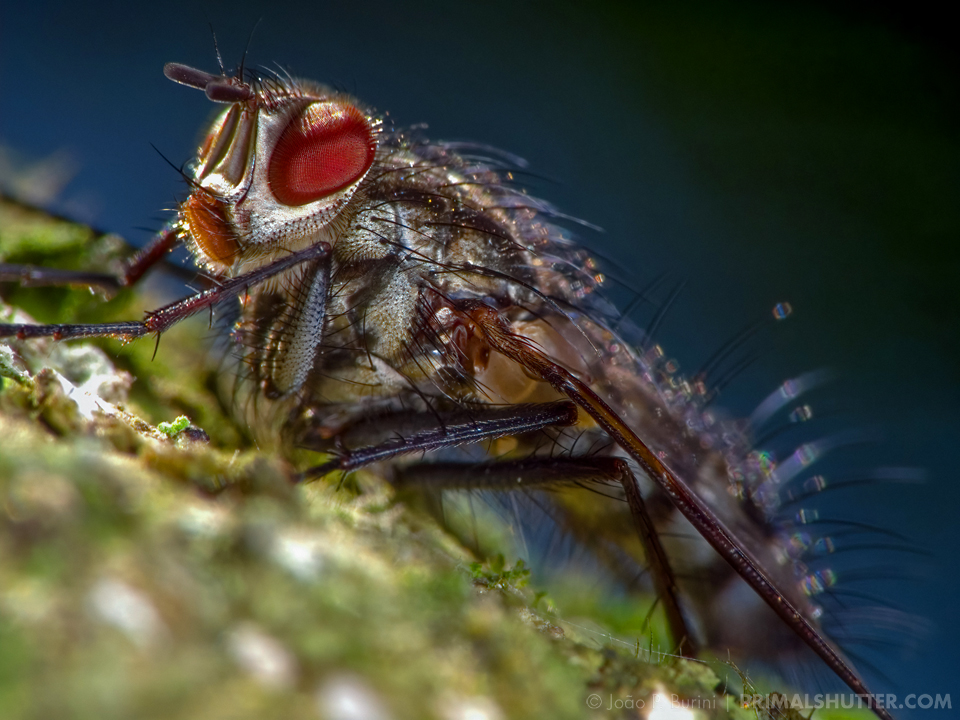 Fly sitting on a mossy tree
Fly sitting on a mossy tree
 Portrait of a yellow damselfly
Portrait of a yellow damselfly
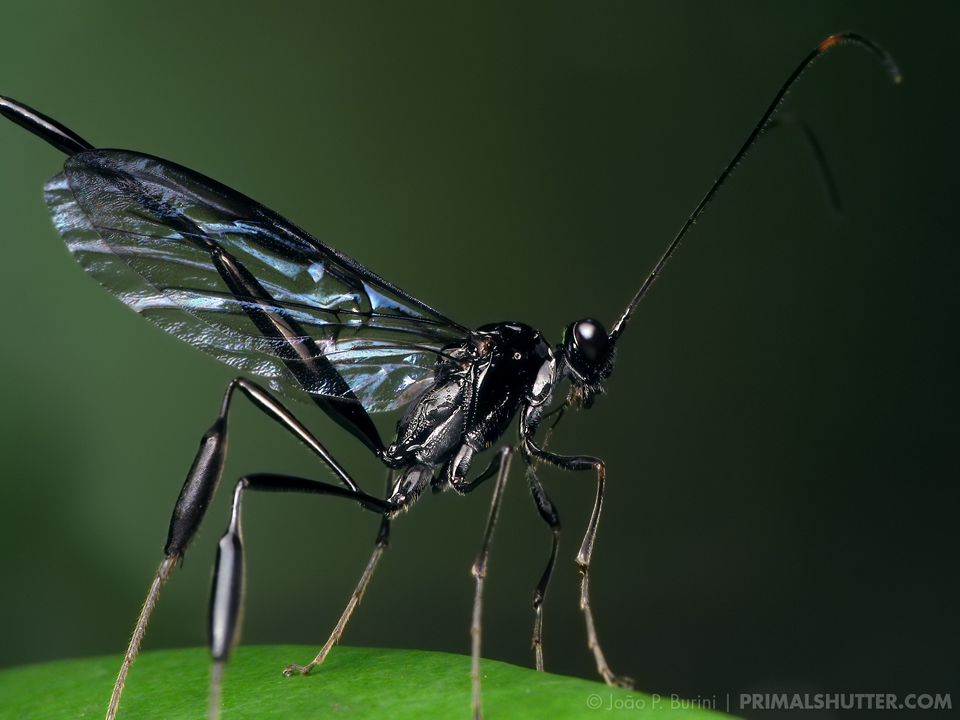 Parasitoid wasp with a long abdomen (Pelecinidae)
Parasitoid wasp with a long abdomen (Pelecinidae)
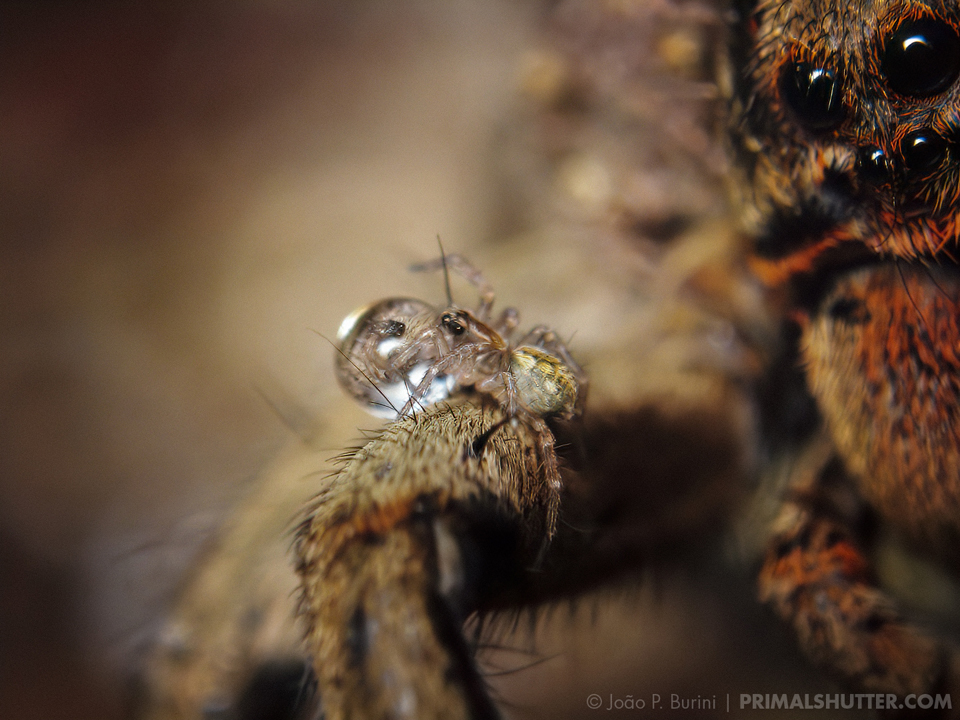 Wolf spiderling (Lycosa) drinking water from a droplet on it’s mother’s leg
Wolf spiderling (Lycosa) drinking water from a droplet on it’s mother’s leg
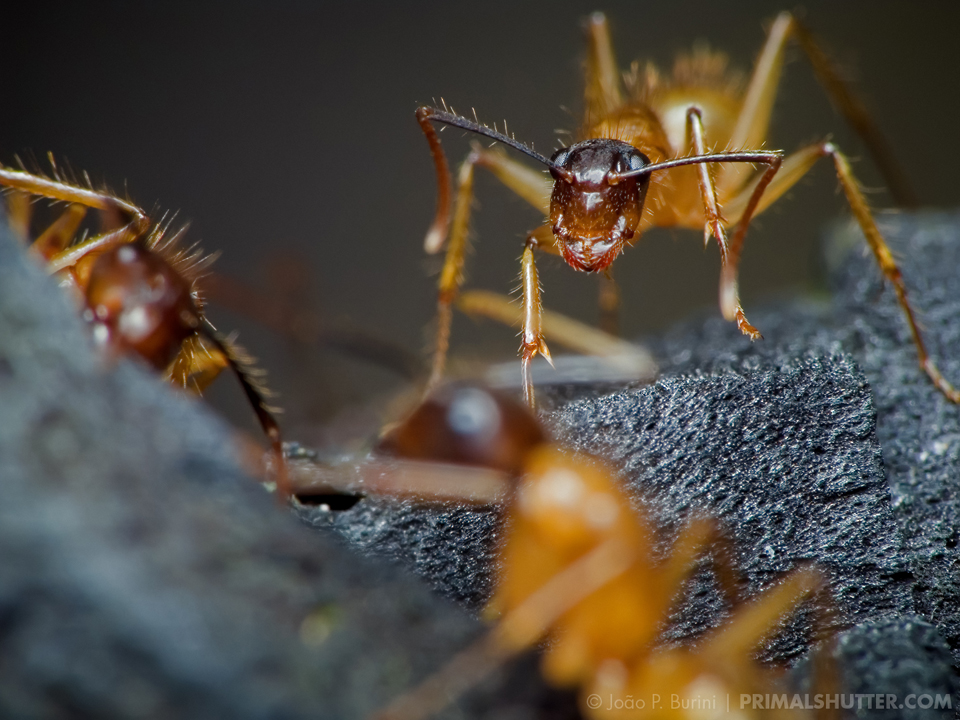 Group of yellow carpenter ants (Camponotus sp.)
Group of yellow carpenter ants (Camponotus sp.)
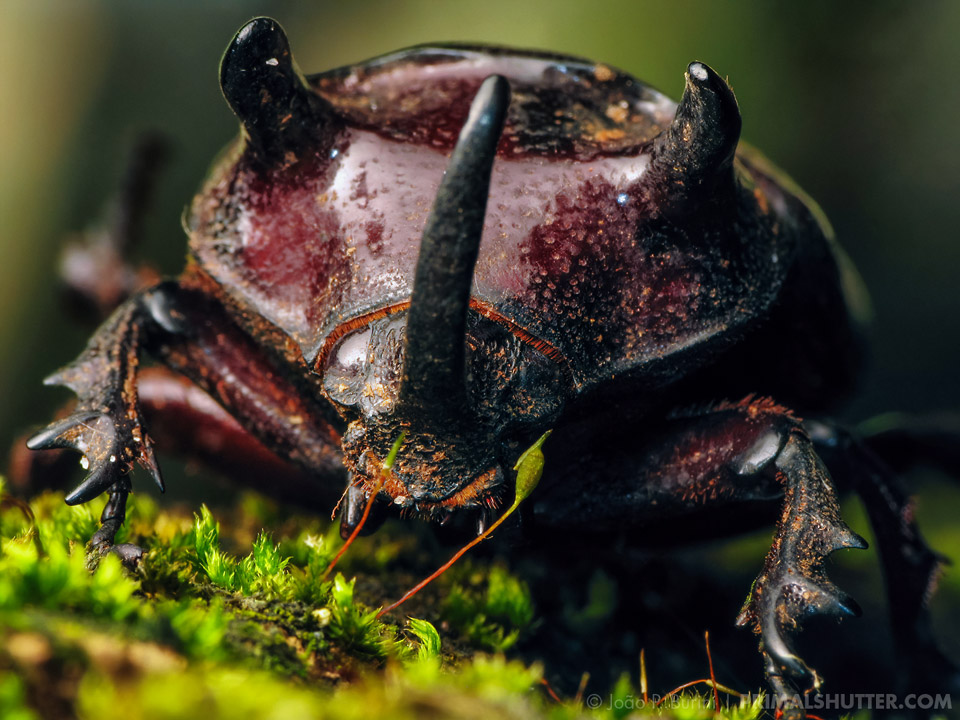 Frontal close-up of a rhino beetle (Scarabeidae)
Frontal close-up of a rhino beetle (Scarabeidae)
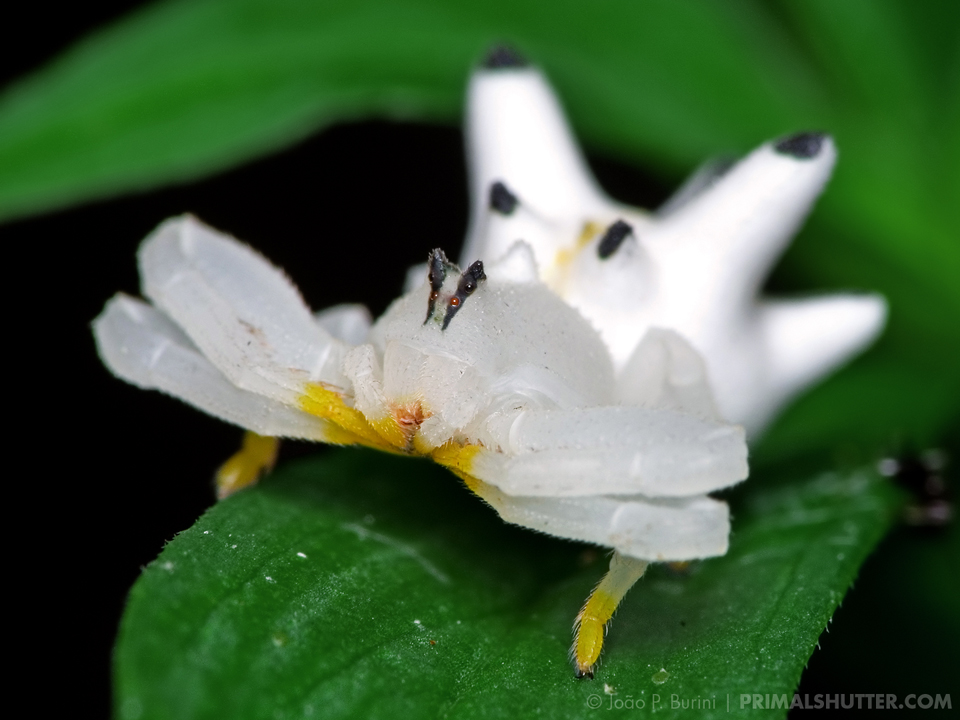 Flower crab spider (Epicadus heterogaster)
Flower crab spider (Epicadus heterogaster)
 Slime mold growing on a tree
Slime mold growing on a tree
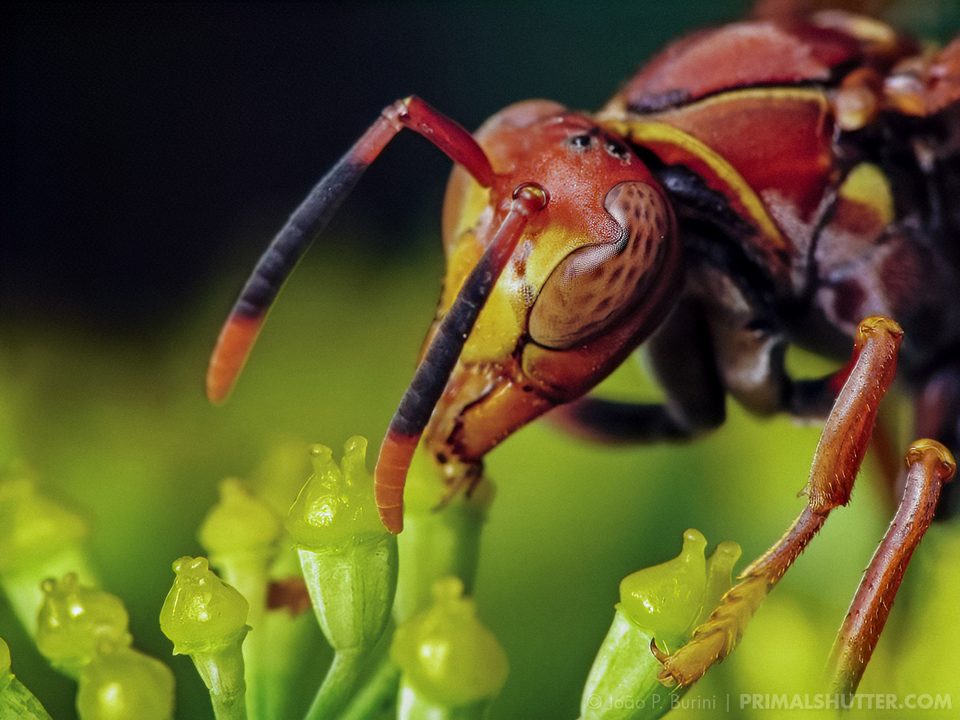 Paper wasp (Polistes sp.) drinking nectar
Paper wasp (Polistes sp.) drinking nectar



